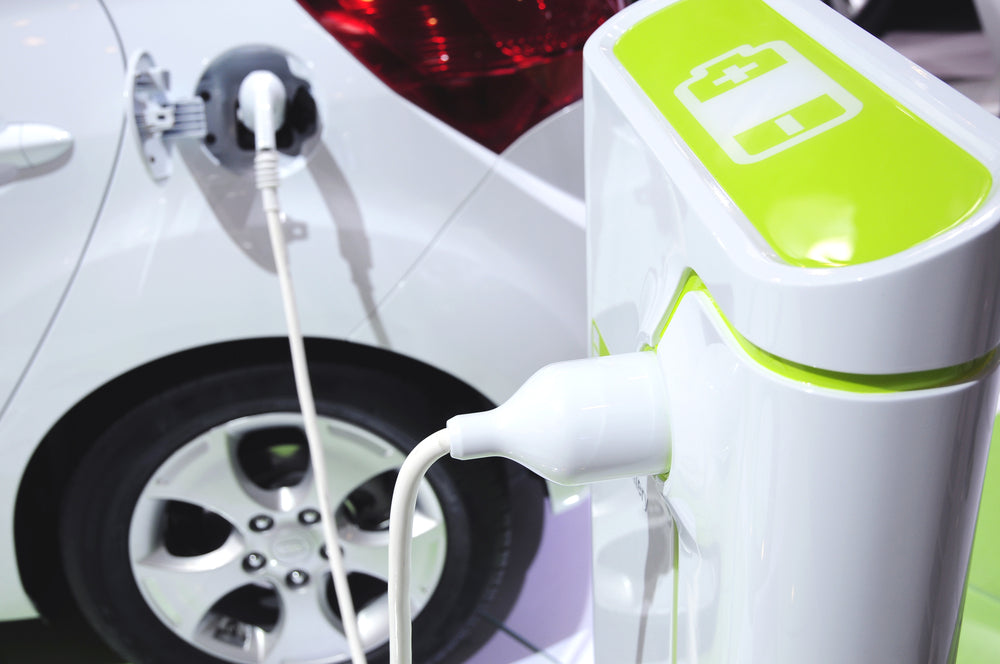Switching to electric vehicles is something we’re all being urged to do in the fight against climate change. While you might be aware of the environmental benefits, the technology isn’t something that’s as widely understood. If you’ve wondered how electric cars work, here’s a quick guide.
Are there different types of electric vehicle?
Yes. They fall under different categories depending on how energy is used to propel them.
- Battery electric vehicle (BEV)
- Hybrid electric vehicle (HEV)
- Plug-in hybrid electric vehicle (PHEV)
All three use electricity as an energy source, but the BEV is the only one that uses nothing else. Popular models include the Tesla Model 3 and Nissan Leaf. So – how do electric cars work?
How does a battery electric car work?
Whatever make or model you buy, its main components are:
- Electric motor
- Battery
- Power converter
- Battery management system (BMS)
- Vehicle control unit (VCU).
When the battery is charged – either at home or at an external electric vehicle charging station – and you press the pedal to accelerate, the VCU calculates the current and voltage that meets demand. It gets feedback from the BMS, the motor and various sensors. Other factors, such as battery charge, also come into play. The VCU signals the power converter to draw current from the battery, which then drives the motor.
As the battery drains, you will need to use a recharging point or plug in at home to power it again.
How do hybrid electric cars work?
HEVs use electrical energy combined with other energy sources; in cars, this is typically an electric motor and an internal combustion engine. There are various configurations which vary according to make, model and of course developments in design and technology, which are ever-evolving.
Essentially, once the driver depresses the actuator pedal to accelerate, the VCU carries out its calculations in the same way as happens in BEVs. However, here’s the difference – as the hybrid car has both an electric motor and engine, the necessary torque can therefore be shared.
The VCU decided how it will split the power demand between the two, drawing current from the battery to drive the motor while the engine uses fuel to operate. When the car slows down, energy is recouped and stored in the battery.
The battery in a hybrid isn’t charged externally from a power point as it doesn’t have plug-in capability. Instead, energy is generated in an electric machine connected to the engine and that, along with regenerative braking, is what charges the battery.
What about plug-in hybrid electric cars?
Plug-in hybrids work similarly to other hybrids, typically running on electric power until the battery is almost depleted before they switch to using the engine. However, rather than relying solely on internal charging, plug-in hybrid electric cars can also be charged through an external charging station.
Which should you buy?
As with any car, this will depend on your needs and usage. If you have no off-street parking, for example, you’ll likely have to rely on public charging stations rather than being able to charge your vehicle at home. If you’re on the road a lot, the engine in a hybrid means you’ve got a back-up if you need it between charges.
Ultimately, you need to do your research. Analyze your driving habits, research what’s available, and test-drive as many models as you need to find the best one for you.
- You might also like to read:

